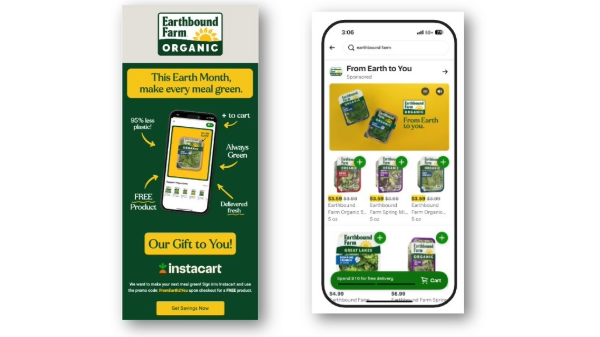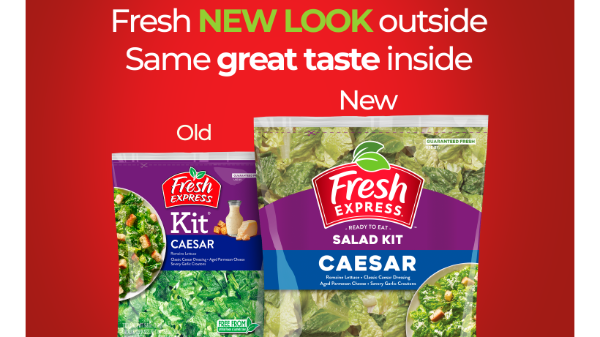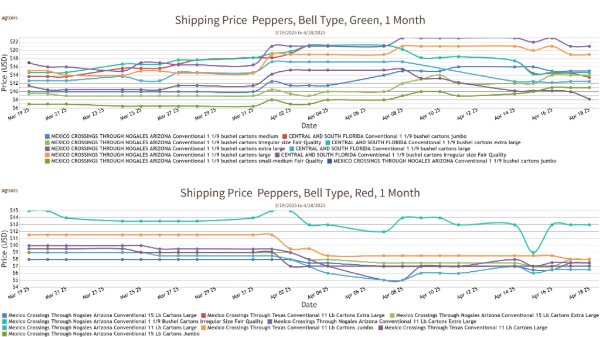Welcome to Blue Book!
Are you ready to join the thousands of companies who rely on Blue Book to drive smarter decisions? View our plans and get started today!
Still have questions? We’d love to show you what Blue Book can do for you. Drop us a line– we’ve been waiting for you.

Surprising to some might be the lack of a steady rise in organic sales in the greater Chicago area, according to the merchants. With organic produce commanding higher prices, Strube says there has not been an uptick in demand. Despite the Second City’s reputation as a progressive metropolis, Gonzalez confirms that most of the area’s Midwesterners are certainly interested in healthy eating, but still concerned with cost.
Retail Scene
While most wholesalers sell to a mixture of customers including grocery stores, restaurants, processors, schools, and hospitals, the bulk of their sales is to area supermarket chains and independents. In this respect, change has been dramatic—as Chicago’s formerly dominant chains, Jewel and Dominick’s, fell victim to intense competition.Dominick’s, of course, no longer exists, while Jewel-Osco has had multiple owners and struggled to reinvent itself. Chicagoland’s current retail scene is very crowded, filled with newcomers, discounters, and specialized food retailers—including Whole Foods, Trader Joe’s, Aldi, Mariano’s, Caputo’s Fresh Markets, Save A Lot, Valli Produce, Village Market Place, and The Fresh Market.
This evolving landscape has been great for consumers, offering an extraordinary range of shopping experiences, well-stocked aisles, and often dazzling displays of fresh fruit and vegetables—and has kept suppliers on their toes to adapt to the changing needs of the retail marketplace.
The changes also mirror transformations in the city of Chicago and its suburbs as well, providing shoppers with more crossover between discounters, traditional supermarkets, and gourmet specialty stores. According to a report from Oakbrook Terrace, IL-based Mid-American Real Estate Corporation, Chicago gourmet grocery stores have doubled from 22 to 44 while the number of discount supermarkets has increased by 19 percent to 94 since 2009.
An example of the latter is Aldi, the German discounter, which has seen phenomenal growth in Chicagoland and across the country. By limiting both its square-footage and product mix—which includes fresh produce—Aldi has carved a prosperous niche for itself by keeping costs low with minimal staff and mostly private label goods.
What will the future bring? Plenty of choices and an ongoing battle for wholesalers to supply the chains with the most staying power. As fresh produce commands more store space, retailers will continue to go the extra mile to give shoppers the variety they seek.
Key Advantages, and Something New
A major enhancement Chicago wholesalers are looking forward to is the enclosure of the CIPM’s front dock area with garage doors, so they can better control temperatures in both the winter and the often sweltering summer. Strube says last year’s frigid temperatures—which were repeated in early 2015—pushed the issue to the forefront.
“It’s a big change for the Chicago market, and we’re pretty excited we won’t have to be in five layers of clothing,” he comments. Best of all, though, Strube continues, noting, “Produce won’t be sitting on the dock when it’s 20 degrees, or 100 degrees.”








